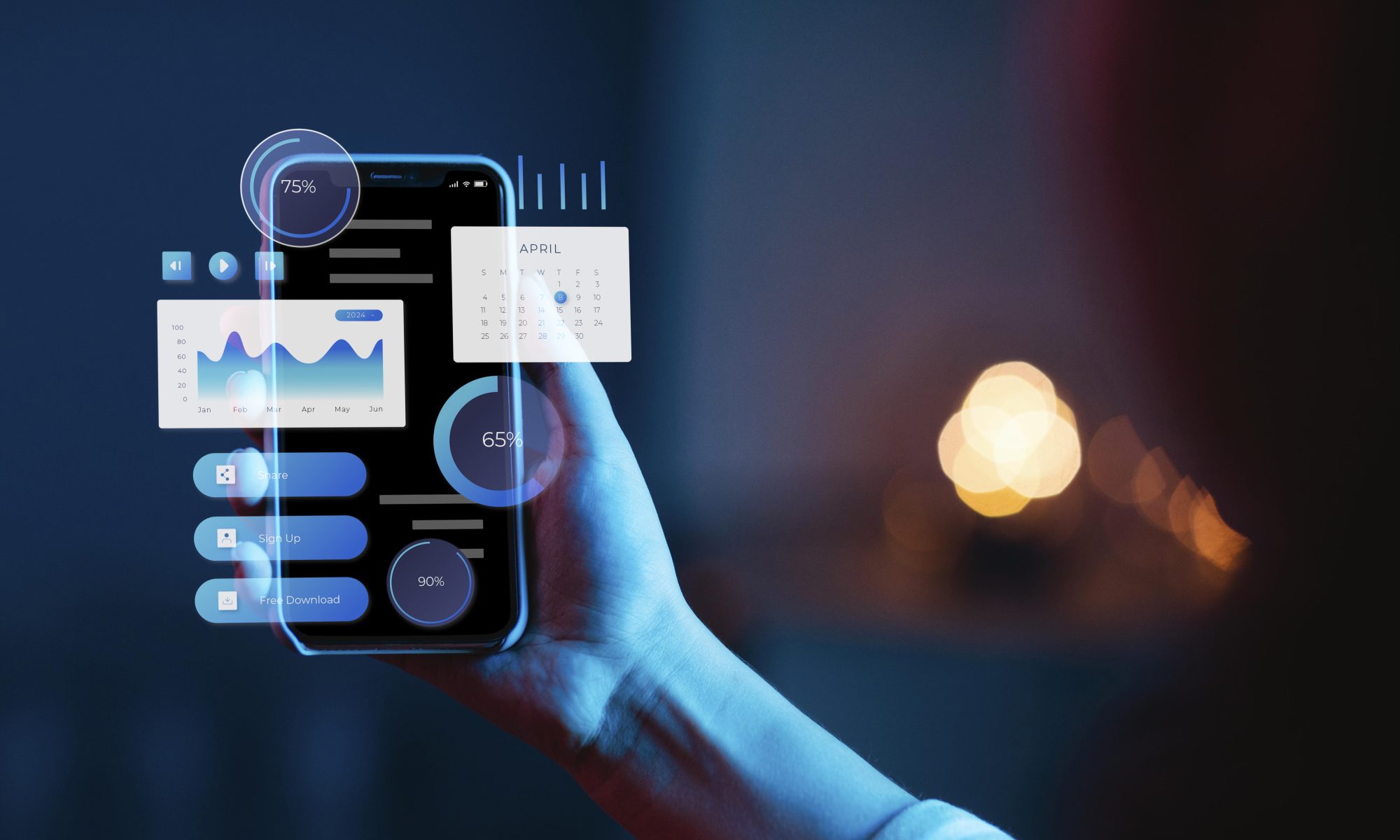As technology evolves, mobile app development in London is entering a new era of innovation. Businesses are investing in smarter, faster, and more user-friendly apps to stay competitive in a digital-first world. From AI-driven personalization to cross-platform integration, every mobile app developer in London aims to create seamless user experiences that deliver real results.
In this blog, we explore how the mobile app development industry in London is changing and what trends will shape its future in 2025 and beyond.
- The Rise of Intelligent Mobile Experiences
The demand for intelligent apps powered by AI and machine learning is rapidly increasing. Today’s app developers in London are creating solutions that understand user behavior, predict preferences, and offer real-time recommendations.
From e-commerce to healthcare, AI-driven apps are improving personalization and automating key business tasks. This shift lets London companies engage customers more effectively while reducing manual workloads.
- Cross-Platform Development Takes Center Stage
Businesses no longer want to make separate apps for iOS and Android. Cross-platform frameworks like Flutter and React Native are now the preferred tools for modern mobile app development companies in London.
These technologies ensure faster development cycles, lower costs, and reliable performance across devices. For startups and larger companies alike, this method helps launch products quickly without sacrificing quality or user experience.
- Focus on UI/UX and Design Innovation
London’s creative ecosystem greatly influences app design. Mobile app designers in London are changing user interfaces with simple layouts, smooth animations, and features that prioritize accessibility.
As users expect easy navigation and appealing designs, UI/UX strategy is becoming essential for mobile app success. The goal is not just functionality — it’s about creating an emotional connection through design.
- The Power of Data-Driven Apps
Modern apps rely on data. Developers are using analytics to see how users interact with digital products and which features engage them the most.
A skilled mobile app developer in London uses this information to optimize performance, personalize content, and boost retention rates. In 2025, data-driven strategies will be crucial for businesses aiming to grow in competitive markets.
- Strengthening Cybersecurity and Privacy
As digital transactions increase, so do concerns about cybersecurity. Every app development company in London is prioritizing user privacy through strong encryption, biometric authentication, and secure APIs.
With regulations like GDPR in place, protecting user information is mandatory, not optional. Secure design practices will continue to shape trusted mobile app environments.
- Integration with Emerging Technologies
The future of mobile app development in London lies in using emerging tech like IoT, AR/VR, and blockchain. These technologies are creating new possibilities for industries such as real estate, education, and healthcare.
Imagine controlling smart home devices through a single app or enjoying immersive shopping through augmented reality — these innovations are shaping the London tech landscape.
Conclusion
The future of mobile app development in London is bold, intelligent, and genuinely user-focused. Businesses that embrace innovation early will lead the digital transformation journey.
Whether through thoughtful design, AI-powered personalization, or secure development practices, the next generation of app developers in London will change how users connect with technology in 2025 and beyond.



